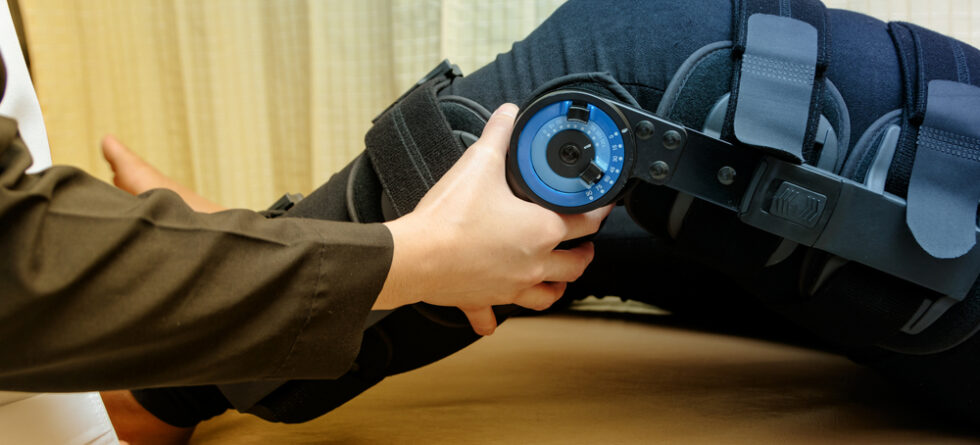Deciding whether to wear a knee brace to your physical therapy (PT) sessions depends on several factors, including the reason for the brace, the type of knee condition being treated, and the specific activities planned for your therapy session.
Here’s some guidance on wearing a knee brace to physical therapy and the considerations involved
When to Wear Your Knee Brace to PT
- Doctor or Physical Therapist Recommendation – If your healthcare provider or physical therapist has recommended wearing a knee brace for your condition, it’s generally advisable to wear it to your PT sessions, especially if they’ve specified it as part of your treatment plan.
- Post-Surgery or Injury – Following surgery or a significant knee injury, a brace may be necessary to stabilize the joint, limit certain movements, and protect the knee during the healing process. Wearing it to PT sessions can be crucial in these stages.
- During Specific Activities – Your physical therapist may advise wearing the brace during certain exercises or activities, particularly those that put stress on the knee, to provide support and reduce the risk of re-injury.
When You Might Not Need to Wear It
- During Certain Exercises – There may be exercises or activities during PT where the therapist prefers you not to wear the brace to work on strengthening and range of motion without external support. This is typically done under close supervision.
- If It Hinders Therapy Goals – If the goal of the therapy session is to assess your knee’s natural movement or to work on proprioception (the sense of joint position), your therapist might ask you to remove the brace temporarily.
Benefits of Wearing a Knee Brace to PT
- Support and Stability – Braces provide external support to the knee, enhancing stability, especially in cases of ligament injuries or post-surgical recovery.
- Pain Management – Wearing a knee brace can help manage pain by offloading pressure from affected areas of the knee, making it easier to participate in PT exercises.
- Confidence in Movement – A brace can give you the confidence to perform exercises that might otherwise feel risky or unstable, facilitating more active participation in your rehabilitation.
Consultation Is Key
- Personalized Advice – Always consult with your physical therapist or healthcare provider about whether you should wear your knee brace to PT sessions. They can provide personalized advice based on your specific condition, the type of brace, and the goals of your therapy.
- Adjustments and Fittings – It’s also important to ensure your knee brace is correctly fitted. A poorly fitting brace can do more harm than good. Your physical therapist can help adjust your brace for optimal support and comfort during exercises.
Whether to wear a knee brace to your physical therapy sessions depends on your circumstances, the nature of your knee condition, and professional recommendations. In many cases, a knee brace provides necessary support and protection, but there may be times when your therapist will advise against it to achieve specific rehabilitation goals. Always follow the guidance of your physical therapist or healthcare provider for the best outcomes in your knee recovery journey.




